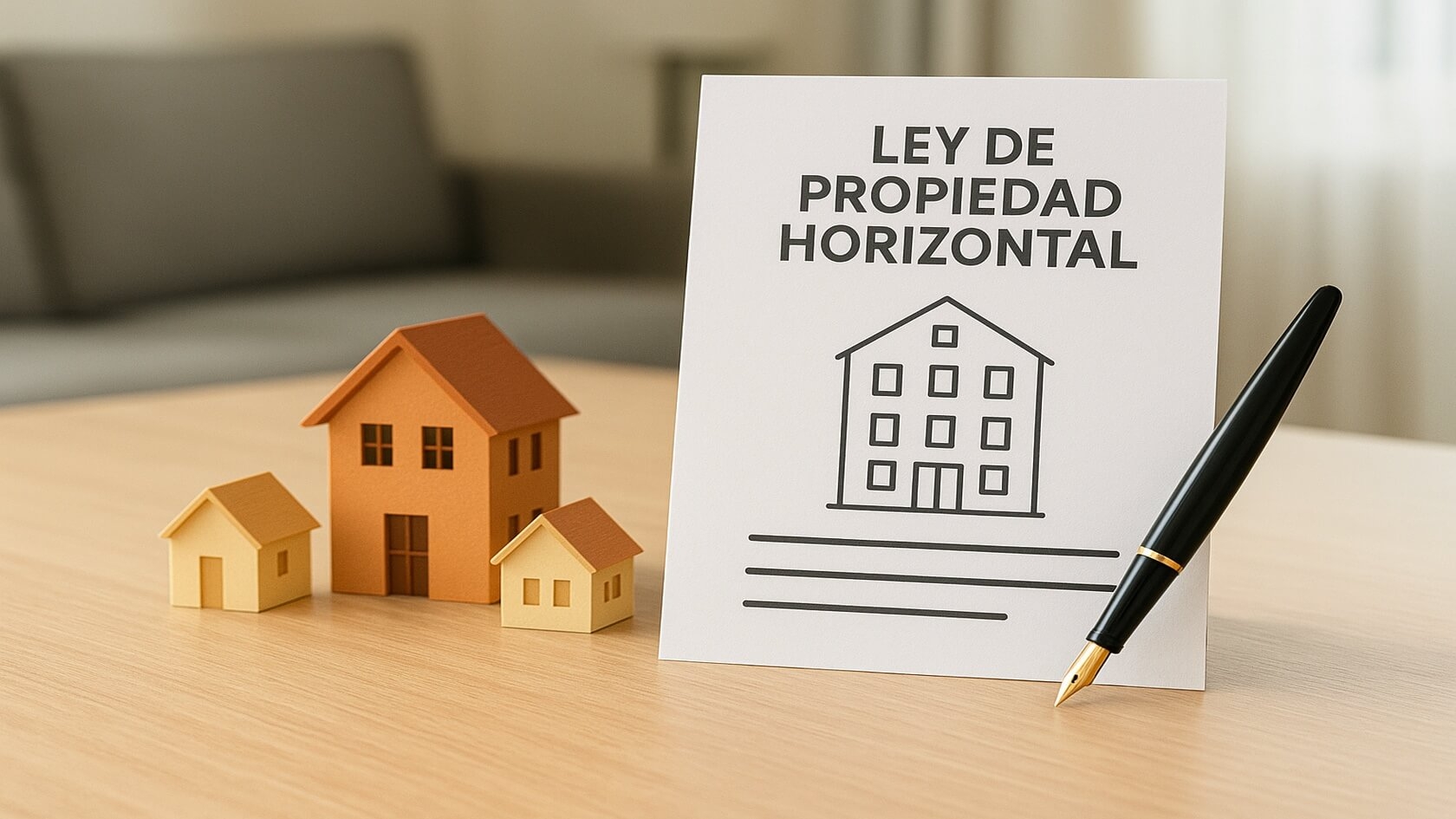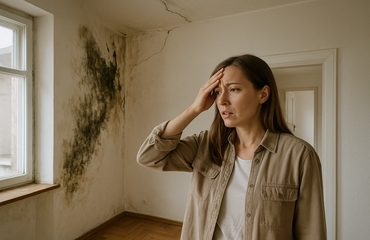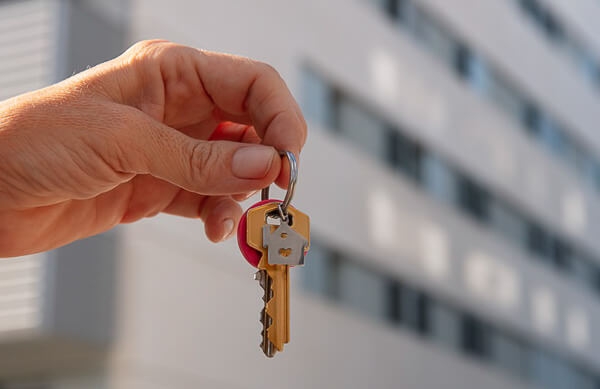
Updated Horizontal Property Law: Changes, Articles and Practical Keys
Do you know how coexistence and common areas are regulated in residential buildings? The Horizontal Property Law is a fundamental regulation for coexistence in residential buildings and homeowners’ associations in Spain. It governs how life is organized in shared properties, especially those divided into private dwellings with common elements such as staircases, elevators, rooftops, or garden areas. This law, based on Article 396 of the Civil Code and developed through Law 49/1960, establishes the rights and obligations of property owners, the decision-making mechanisms, and the functioning of the community’s governing bodies.
At Hoffman Real Estate, we explain in detail what the updated Horizontal Property Law regulates, what its most important reforms have been, how a homeowners' association is organized, and what the implications are of living in a building subject to this legal regime. Whether you are a property owner, property manager, or renting a home, knowing this law is essential to avoid conflicts and promote efficient and harmonious management of shared property.
What is the Horizontal Property Law?
The Horizontal Property Law (HPL) regulates the relationships between owners of apartments or premises within the same building or residential complex. This legal regime allows each private unit (apartment, commercial premises, garage, storage room, etc.) to belong exclusively to one person, while common elements are shared property of all owners. The objective is to coordinate the use, maintenance, and improvement of common areas while respecting each neighbor's autonomy.
According to the definition in Article 396 of the Civil Code, horizontal property applies to buildings whose apartments or premises can be independently used and are linked to a co-ownership over the common elements necessary for their proper use and enjoyment. These common elements can include entrance halls, hallways, facades, elevators, electrical systems, water tanks, gardens, and other shared spaces.
What is the origin and evolution of the Horizontal Property Law?
The Horizontal Property Law was passed on July 21, 1960, in response to Spain’s urban and demographic growth at the time. With the proliferation of multifamily buildings, a specific law was needed to facilitate the purchase of homes under shared ownership while ensuring good neighborly relations.
Since then, the updated Horizontal Property Law has undergone multiple reforms, with the most significant being those of 1999 and 2013. The 1999 reform introduced major changes related to handling non-paying owners, creating a reserve fund, and simplifying community agreements. The 2013 amendment, aligned with the Law on Rehabilitation, Urban Renewal and Regeneration, eased decisions on accessibility and energy-efficiency renovations, helping to modernize Spain’s housing stock.
How is a homeowners' association organized?
The internal organization of a homeowners' association is regulated by the updated Horizontal Property Law and by internal bylaws or rules freely agreed upon by the residents.
The main governing bodies are:
• The Owners’ Meeting: the highest decision-making body. It meets at least once a year to approve budgets, make decisions about renovations, appoint officers, and discuss any issues affecting the community.
• The President: the legal representative of the community. Their main function is to execute the agreements adopted by the Owners’ Meeting. They are elected by drawing lots, rotation, or vote. This is a mandatory annual position, though it can be renewed.
• The Administrator: can be an external professional or a neighbor. They handle financial management, building maintenance, execution of agreements, and incident resolution. They must be a registered professional if acting as a property manager.
• The Secretary: keeps the official documentation and drafts the minutes of meetings. Sometimes the same person acts as both secretary and administrator.
What are the rights and obligations of property owners?
Every resident has the right to enjoy their property and the common elements, provided they do not harm others. These rights include using shared spaces, participating in Owners’ Meetings, modifying their property (in compliance with legal regulations), and accessing community management information.
The most relevant obligations under the updated Horizontal Property Law are:
• Contributing to common expenses based on their participation quota.
• Complying with bylaws and rules of coexistence.
• Maintaining their property in good condition and preventing damage to the building.
• Allowing access to their unit when repairs affect common elements.
• Attending or delegating at meetings and complying with the decisions made.
How many times has the Horizontal Property Law been updated?
Since its approval, the Horizontal Property Law has been updated nine times. The most relevant updates are:
• 1999 Reform
Enabled quicker debt collection through a fast-track judicial process. Voting rights were limited for non-paying owners, the role of president was strengthened, and a mandatory reserve fund (minimum of 10% of the annual budget) was established.
• 2013 Reform
Introduced measures to facilitate accessibility renovations and energy efficiency upgrades, and mandated certain works when requested by persons with disabilities or those over 70. It also extended the liability period, making new owners responsible for the past three years of community debts if not previously verified.
What decisions require majority or unanimity?
One key issue in applying the Horizontal Property Law is the voting system during meetings. Depending on the agreement type, the law requires:
• Unanimity: for modifying bylaws, changing the use of the building, or actions that substantially alter the ownership structure.
• Qualified majority (three-fifths): for installing elevators, changing common services, or installing energy or telecom infrastructures.
• Simple majority: for approving budgets, executing minor works, or appointing roles.
• Majority of owners and quotas: for ordinary decisions.
Knowing these criteria is essential to avoid decisions being challenged in court due to formal defects.
What about non-paying neighbors?
Non-payment is one of the most common issues in homeowners' associations. The updated Horizontal Property Law allows the Owners’ Meeting to take action against owners who do not pay their fees. The usual process involves sending a payment request. If ignored, a monitory process—a quick and effective legal procedure—can be initiated to recover the debt. During this process, the debtor cannot vote or challenge decisions in the Owners’ Meeting. Furthermore, if the unit is sold, the new owner may be held liable for community debts from the last three years, unless the situation was previously clarified.
Can an elevator be installed without unanimity?
Yes. Since the 2013 reform of the updated Horizontal Property Law, unanimity is not required to install an elevator. A majority vote is sufficient, provided it represents at least 51% of the ownership quotas. In certain cases, such as when requested by a person with a disability or someone over 70, the community is obliged to carry out the work, even without a majority, provided the cost does not exceed 12 months of ordinary community expenses.
What is considered a common element according to the updated Horizontal Property Law?
According to the 2023 update of the Horizontal Property Law, common elements of a building are all those parts used by all residents and essential for the building’s proper functioning. Examples include:
• Building structure.
• Roof, façade, and covering.
• Staircases, entrance halls, hallways.
• Elevators, water, gas, and electrical installations.
• Gardens, courtyards, pools, and recreational areas.
• Utility rooms, shared garages, and storage rooms.
Owners may not modify, enclose, occupy, or use a common element exclusively without community approval.
What does the HPL say about renovations and works?
Under the Horizontal Property Law, each owner can carry out renovations inside their unit as long as they do not alter common elements or affect the structure, safety, or aesthetics of the building. For interventions affecting common areas (such as terrace enclosures, installing façade air conditioning units, or structural changes), prior community approval is required. In addition, all owners must contribute financially to necessary building maintenance works or those mandated by law, such as installing ramps or elevators.
What about having pets at home?
The Horizontal Property Law does not prohibit owning domestic animals in apartments, as long as they do not disturb other residents. Bylaws may include limitations, but these cannot contradict legally recognized fundamental rights. If a pet causes noise, dirt, or health risks, the community may take legal action.
The importance of knowing the Horizontal Property Law
The Horizontal Property Law in Spain is the legal foundation that balances the individual rights of homeowners with the collective management of shared property. Its proper application is vital to ensure harmonious, transparent, and fair coexistence in a residential community. If you own a home, commercial premises, or garage space in a building subject to this law, knowing your rights and obligations under Law 49/1960 will allow you to make informed decisions, avoid disputes, and participate actively in community life.
At Hoffman Real Estate, as your real estate agency, we help you find not just a property, but a place to live well. Understanding the Horizontal Property Law will help you coexist better and protect what’s yours. We’re here to support you every step of the way.











